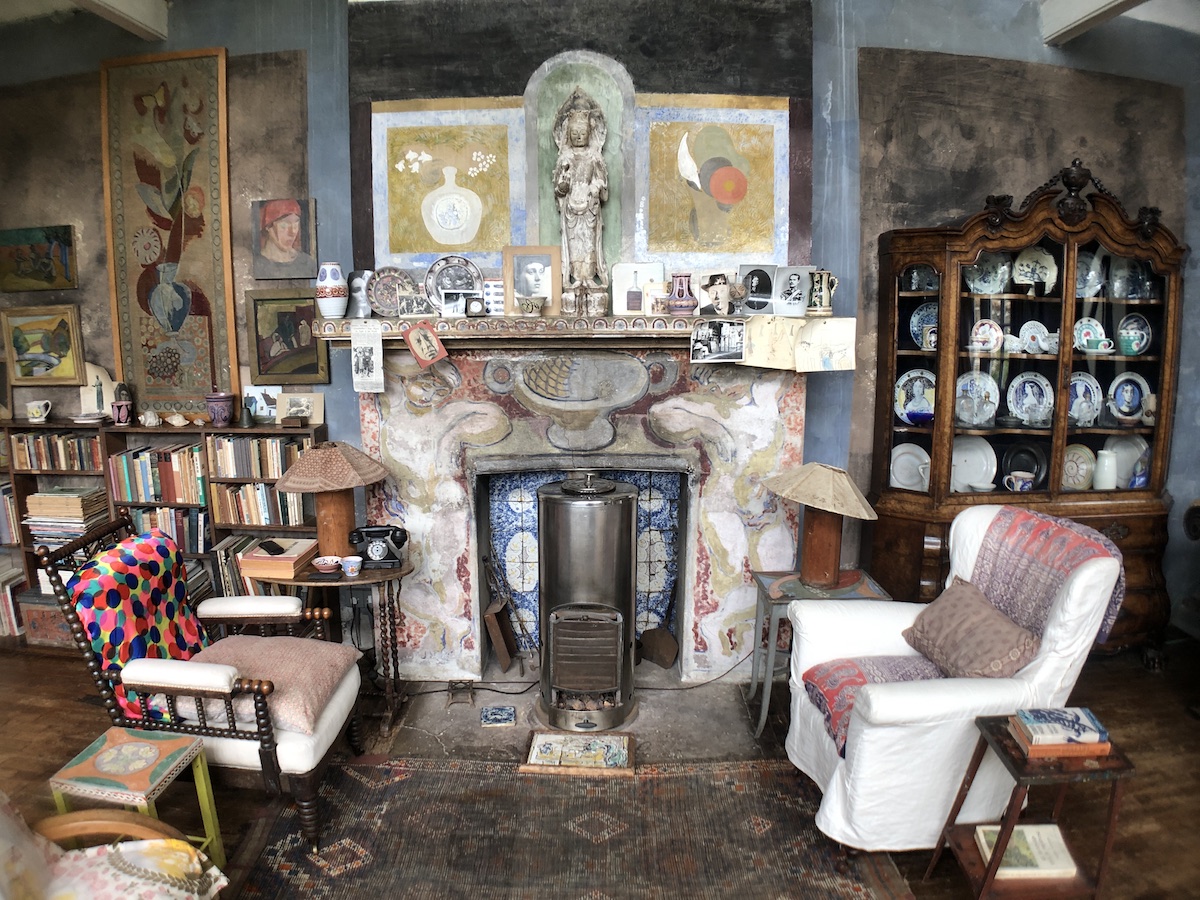Wheat Mollah
2011 - Sculpture (Sculpture)
40 x 30 x 40 cm
Slavs and Tatars
Wheat Mollah ( 2011) is one of Slavs and Tatars composite object. The title Wheat Mollah has various interpretations, from “master” or spiritual authority for Shiites and “friend” for Sunnis. The turban is also worn in a diversity of cultures and religions in Africa, Asia and India. However, in this work, the turban is woven in wheat. For Slavs and Tatars, wheat is almost an atavistic element, used in the emblem of the USSR as well as in that of Iran’s first established bank, Bank Sepah and in the one of the revolutionary guards. For the writer Fionn Meade, Slavs and Tatars’ object can also be described as “reminiscent of Marcel Broodthaers’s early sculptures that targeted Belgian nationalism and bourgeois complicity in colonialism via comic deployment of mussels, coal, and eggs alongside news from the Congo. Slavs and Tatars’ sculptural mashups of cliché and gravity likewise reside in the tension between literalness, critique, and dismissive laughter.”
Self-described as an “Eurasian-based” collective, Slavs and Tatars investigates the “polemics and intimacies” of the region “east of the former Berlin Wall and west of the Great Wall of China” or Caucasia. As part of their practice, Slavs and Tatars gives lectures and performances that embody the history and multiculturalism of this region they research. Using stereotypes, the collective Slavs and Tatars produces enigmatic and ironic objects that question the viewer’s understanding of the geopolitics.
Colors:
Related works sharing similar palette

© » KADIST
FLAVIO MERLO / BEN ROSENTHAL BOTTOM FEEDERS – THE BATTLE OF THE CATAPLASM KADIST – KUNSTHALLE ZÜRICH PRODUCTION AWARD 2015 February 21 – May 17, 2015 Flavio Merlo and Ben Rosenthal are this year’s recipients of the Kadist – Kunsthalle Zürich Production Award , offered for the third time to young Zurich artists by the Kadist Art Foundation and Kunsthalle Zürich...

© » KADIST
Anne Imhof
2013“School of the seven Bells (SOTSB)” is based on a series of hands games in which an object is passed from hand to hand...
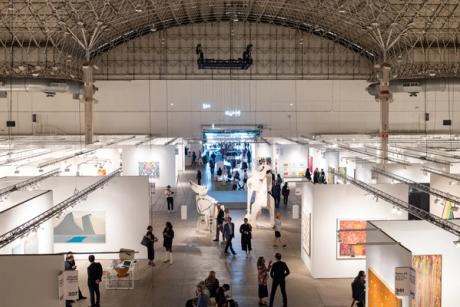
© » THEARTNEWSPER
Expo Chicago reveals more than 170 exhibitors for first edition since acquisition by Frieze Art market Museums & heritage Exhibitions Books Podcasts Columns Technology Adventures with Van Gogh Search Search Art market news Expo Chicago reveals more than 170 exhibitors for first edition since acquisition by Frieze The long-running Midwestern fair was acquired by the London-based fair company in summer 2023 Benjamin Sutton 2 February 2024 Share Expo Chicago Photo by Justin Barbin Expo Chicago , one of the most significant US art fairs, is preparing for eleventh edition and first since it was acquired in the summer of 2023 by London-based expo and media company Frieze...
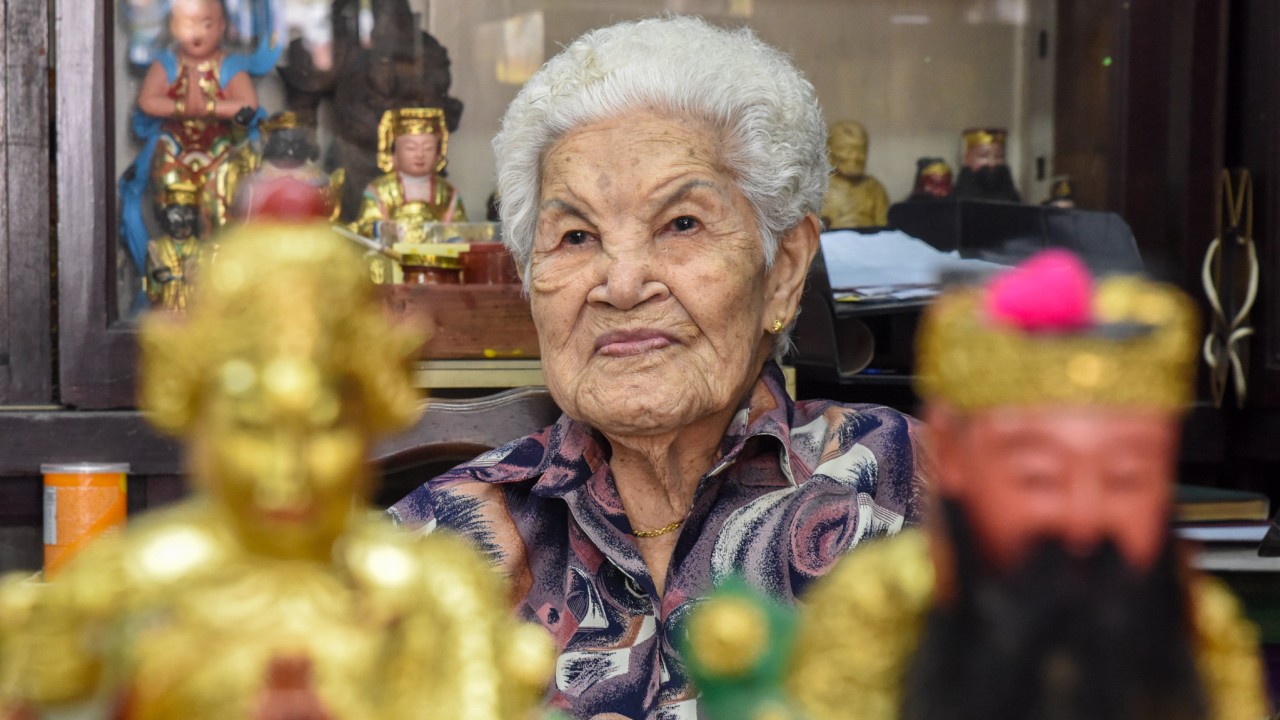
© » SOUTH CHINA MORNING POST
She made gods for 70 years: meet the matriarch of Singapore’s last handcrafted Taoist deity producer | South China Morning Post Advertisement Advertisement Asia travel + FOLLOW Get more with my NEWS A personalised news feed of stories that matter to you Learn more Tan Chwee Lian is the matriarch behind Say Tian Hng, Singapore’s last Taoist idol business...

© » KADIST
Mark Grotjahn
2002This particular drawing, like many of Grotjahn’s works, presents a decentered single-point perspective...

© » KADIST
Sancintya Mohini Simpson
2019And words were whispered by Sancintya Mohini Simpson is a series of ten works on paper based on the lived experiences of Indian women taken to the Natal region of South Africa from the 1860s to the early 1900s to work in tea and sugarcane plantations during apartheid, which included servitude in its broadest and most sinister definition...

© » KADIST
Olga Grotova
2022Our Grandmothers’ Gardens by Olga Grotova is based on the history of Soviet allotment gardens, which were small plots of land distributed amongst the families of factory workers to compensate for poor food supply in a country that was over-producing weapons...

© » KADIST
Erin Jane Nelson
2019In Erin Jane Nelson’s 2019 body of work Av, panels are covered in collaged images and shellacked with resin or epoxy: photographs of plants intermingle with pictures of men and women engaging in various spiritual activities, cartoons of mothers and their children, or black and white images of window panes...
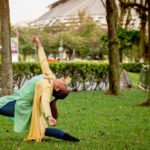
© » ARTS EQUATOR
Walking Alongside “BITTEN: return to our roots” | ArtsEquator Thinking and Talking about Arts and Culture in Southeast Asia Articles Asrari Nasir of Paradise Pictures December 19, 2018 By Teo Xiao Ting (1,420 words, seven-minute read) Taking a right turn towards Camp Kilo Charcoal Lounge (formerly Sam Tat Building) at Kampong Bugis, I spot a crew member sweeping the rainwater from the late afternoon downpour clear from the path that I will later walk on...
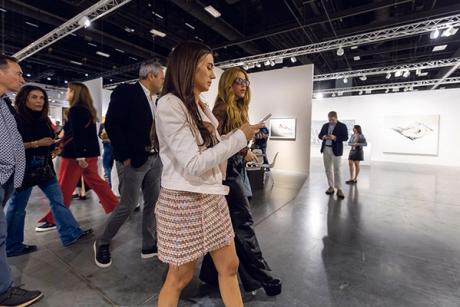
© » THEARTNEWSPER
Stars come out for Art Basel in Miami Beach's VIP day Art market Museums & heritage Exhibitions Books Podcasts Columns Technology Adventures with Van Gogh Search Search Art Basel in Miami Beach 2023 news Stars come out for Art Basel in Miami Beach's VIP day The fair's preview draws a celebrity crowd including Shakira and Jared Leto Gareth Harris 7 December 2023 Share Shakira was one of the celebrities spotted at Art Basel’s VIP preview © Liliana Mora The celebrity count was high at the VIP preview of Art Basel in Miami Beach yesterday, with the pop star Shakira, the supermodel Cindy Crawford and the tennis star Serena Williams all making an appearance at the fair...

© » KADIST
Rachel Rose
2019First Born by Rachel Rose is part of a series of works titled Borns which expands on the artist’s longstanding interest in the organic shape of eggs...

© » KQED
Charles Lee at SF Camerawork: Black Cowboys and Their Horses | KQED Skip to Nav Skip to Main Skip to Footer The Do List SF Camerawork Show Honors the Relationship Between Black Cowboys and Their Horses Nia Coats Dec 13 Save Article Save Article Failed to save article Please try again Facebook Share-FB Twitter Share-Twitter Email Share-Email Copy Link Copy Link An installation view of Charles Lee's show 'sweat + dirt' at SF Camerawork...
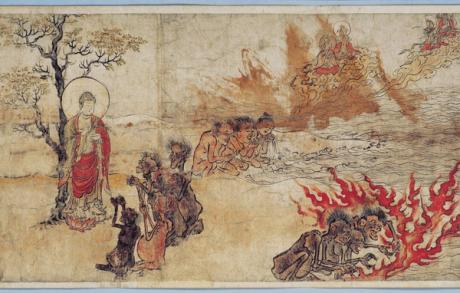
© » THEARTNEWSPER
Cities are the heroes in an 'easy-going and unpreachy' publication that takes us on whirlwind tour of art history Art market Museums & heritage Exhibitions Books Podcasts Columns Technology Adventures with Van Gogh Search Search Books review Cities are the heroes in an 'easy-going and unpreachy' publication that takes us on whirlwind tour of art history Fifteen art capitals are captured at their brilliant apogee in Caroline Campbell's book Keith Miller 6 February 2024 Share Detail of Hungry Ghosts Scroll (late 12th century) by an unknown artist Kyoto National Museum The last book I reviewed with this title was by the historian Simon Schama...

© » KADIST
Shahab Fotouhi
2013Shahab Fotouhi’s photographic series Establishing Shot; Interior, Night – Exterior, Day; without Antagonist and Extra consists of four C-prints that at first glance would appear to be travel posters for Iran, in that each features a beautifully shot image of an Iranian waterfall...


